Home>Energy>Home Insulation & Ventilation>What Kind Of Weather Stripping Do I Need
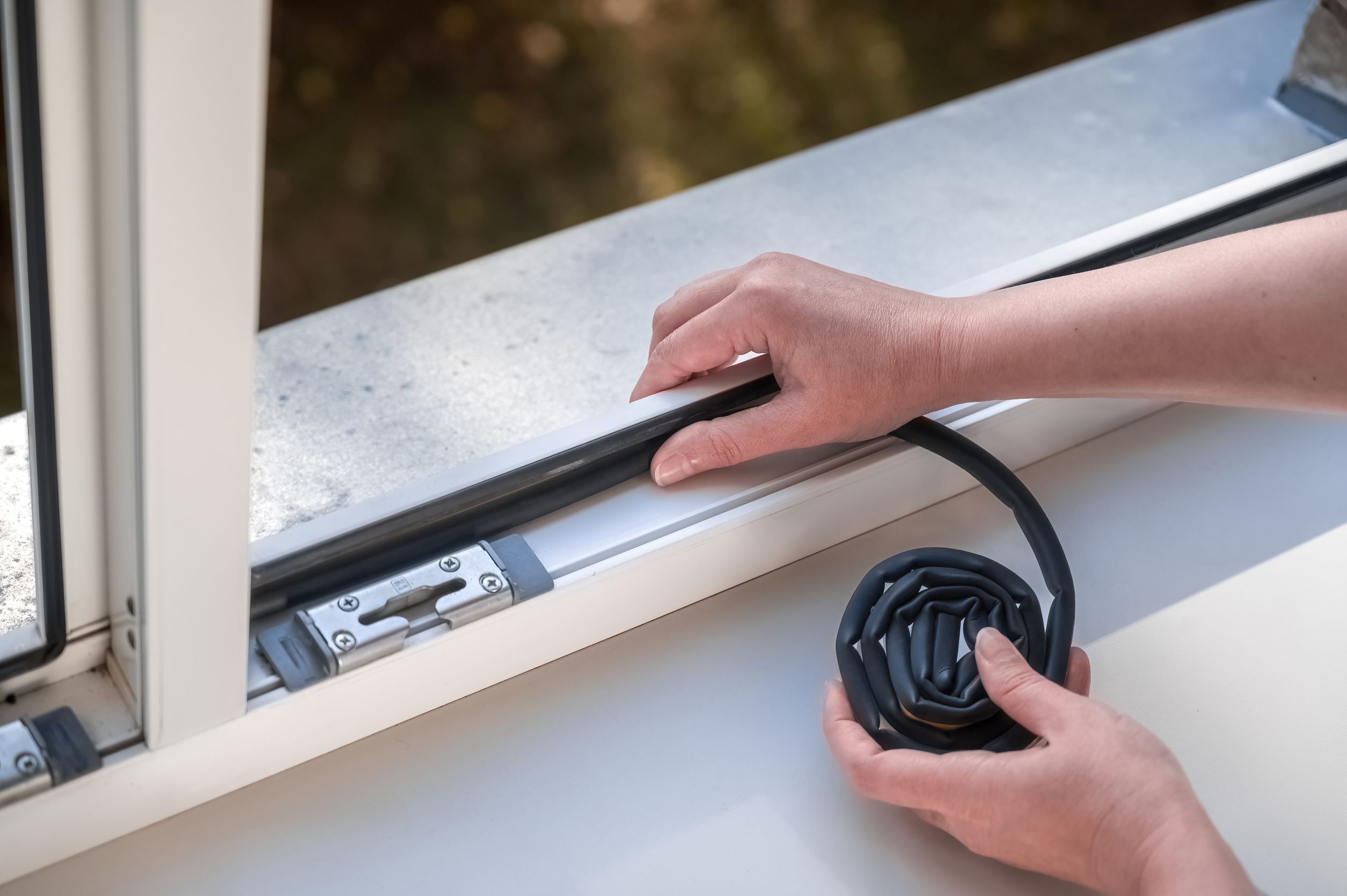

Home Insulation & Ventilation
What Kind Of Weather Stripping Do I Need
Modified: January 9, 2024
Find the right weather stripping for your home insulation and ventilation needs. Learn about different types and how to choose the best one.
(Many of the links in this article redirect to a specific reviewed product. Your purchase of these products through affiliate links helps to generate commission for Storables.com, at no extra cost. Learn more)
Introduction
Welcome to the world of weather stripping, where the battle against the elements begins at your doorstep. As a homeowner, you're likely familiar with the importance of maintaining a comfortable and energy-efficient living space. However, achieving this goal involves more than just insulating your walls and ceilings. Often overlooked, weather stripping plays a crucial role in keeping your home cozy, protecting it from external elements, and reducing energy costs.
In this comprehensive guide, we'll delve into the realm of weather stripping, exploring its significance, the various types available, and the essential considerations for selecting and installing the right weather stripping for your specific needs. Whether you're a seasoned DIY enthusiast or a homeowner seeking to enhance your dwelling's efficiency, this article will equip you with the knowledge and insights necessary to navigate the world of weather stripping with confidence.
Before we embark on this enlightening journey, it's essential to understand the fundamental purpose of weather stripping. Essentially, weather stripping serves as a barrier to prevent air and moisture from infiltrating your home through gaps around doors, windows, and other openings. By effectively sealing these entry points, weather stripping helps maintain a consistent indoor temperature, reduces energy consumption, and safeguards your home from the detrimental effects of external weather conditions.
Now, let's embark on an exploration of the diverse types of weather stripping available, empowering you to make informed decisions and take proactive steps toward a more comfortable, energy-efficient, and resilient home. So, fasten your seatbelt, and let's venture into the fascinating world of weather stripping!
Key Takeaways:
- Weather stripping is crucial for sealing gaps and preventing air and moisture from entering your home, leading to lower energy costs and a more comfortable living space.
- Different types of weather stripping, such as vinyl, metal, and foam, offer unique benefits and applications, so it’s important to choose the right one for each area of your home.
Understanding Weather Stripping
Weather stripping is a vital component of your home's insulation and energy efficiency system. It acts as a protective barrier, sealing gaps and preventing air and moisture from infiltrating your living space. By doing so, weather stripping helps maintain a consistent indoor temperature and reduces the workload on your heating and cooling systems, ultimately leading to lower energy costs.
When considering weather stripping, it's essential to understand that different areas of your home may require specific types of weather stripping to effectively seal gaps. For instance, doors and windows are common areas where weather stripping is applied, but other openings, such as attic hatches, electrical outlets, and plumbing penetrations, also benefit from this protective seal.
Furthermore, weather stripping materials vary in terms of flexibility, durability, and resistance to moisture and temperature changes. Understanding the characteristics of different weather stripping options is crucial in choosing the most suitable type for each application in your home.
Another aspect of weather stripping is its role in soundproofing. In addition to preventing air and moisture infiltration, certain types of weather stripping can help reduce noise transmission, creating a quieter and more peaceful indoor environment.
By gaining a deeper understanding of weather stripping and its multifaceted benefits, you'll be better equipped to make informed decisions when selecting and installing weather stripping in your home. In the following sections, we'll explore the various types of weather stripping available, guiding you through the selection process and offering valuable insights to enhance the comfort and efficiency of your living space.
Types of Weather Stripping
When it comes to weather stripping, a diverse range of materials and designs are available to suit different applications and preferences. Understanding the characteristics and advantages of each type of weather stripping will enable you to make informed decisions based on your specific needs. Here are some common types of weather stripping:
- Felt Weather Stripping: This traditional option consists of compressed felt, often reinforced with a flexible metal strip. It is relatively inexpensive and easy to install, making it a popular choice for sealing gaps in windows and doors. However, it may not provide the same level of durability and weather resistance as other materials.
- Vinyl Weather Stripping: Vinyl weather stripping is known for its resilience and resistance to moisture, making it suitable for both indoor and outdoor use. It is available in various forms, including self-adhesive strips and rigid strips with flexible fins, providing effective sealing for doors and windows.
- Metal Weather Stripping: Aluminum and stainless steel weather stripping offer exceptional durability and are ideal for high-traffic areas. They are often used in commercial and industrial settings where robust sealing solutions are required. Metal weather stripping can be surface-mounted or mortised for a seamless appearance.
- Foam Weather Stripping: This type of weather stripping is made from open or closed-cell foam, providing excellent flexibility and insulation properties. Foam weather stripping is available in various profiles, including tapes, rolls, and self-adhesive strips, making it versatile for different sealing applications.
- Door Sweep: A door sweep is a specialized type of weather stripping designed for the bottom of doors. It consists of a flexible strip or brush that seals the gap between the door and the threshold, preventing drafts, dust, and insects from entering the interior space.
- Silicone Weather Stripping: Silicone-based weather stripping offers superior flexibility and weather resistance. It is particularly effective for sealing irregular or uneven surfaces, such as around older windows and doors. Silicone weather stripping is available in sealant tubes, rolls, and self-adhesive strips.
Each type of weather stripping has its unique characteristics and applications, so it's essential to assess your specific sealing requirements and environmental factors before making a selection. By choosing the most suitable weather stripping for each area of your home, you can optimize energy efficiency, enhance comfort, and create a more resilient living environment.
Choosing the Right Weather Stripping for Your Needs
When it comes to selecting the appropriate weather stripping for your home, several factors should be taken into consideration to ensure optimal performance and longevity. By carefully evaluating your specific needs and the characteristics of different weather stripping options, you can make informed decisions that enhance the efficiency and comfort of your living space. Here are essential considerations for choosing the right weather stripping:
- Sealing Area: Assess the areas in your home that require weather stripping, such as doors, windows, attic hatches, and other openings. Different locations may benefit from specific types of weather stripping to accommodate variations in gap sizes and environmental exposure.
- Material Durability: Consider the durability and resilience of the weather stripping material in relation to its intended application. For high-traffic areas or outdoor exposure, opt for durable materials such as metal or vinyl that can withstand constant use and environmental elements.
- Moisture Resistance: Evaluate the moisture resistance of the weather stripping material, especially for outdoor applications and areas prone to humidity. Choosing moisture-resistant materials will prevent deterioration and maintain effective sealing over time.
- Insulation Properties: Determine the level of insulation required for each sealing area. Foam weather stripping, for example, offers excellent insulation properties and is suitable for creating airtight seals in various locations throughout your home.
- Soundproofing Needs: If noise reduction is a priority, consider weather stripping options that provide additional soundproofing benefits. Certain materials and designs can help minimize noise transmission, contributing to a quieter and more peaceful indoor environment.
- Installation Convenience: Take into account the ease of installation for different weather stripping options, especially if you plan to undertake the installation as a DIY project. Self-adhesive weather stripping and user-friendly designs can simplify the installation process.
By carefully evaluating these factors and understanding the unique characteristics of each type of weather stripping, you can tailor your selection to match the specific requirements of each area in your home. Additionally, consulting with a professional or seeking guidance from reputable sources can provide valuable insights and recommendations for choosing the most suitable weather stripping solutions.
Ultimately, the right weather stripping will effectively seal gaps, enhance energy efficiency, and contribute to a more comfortable and sustainable living environment. With a well-informed approach to choosing weather stripping, you can embark on a journey toward a more resilient and efficient home.
Look for weather stripping that matches the specific needs of your door or window, such as foam, vinyl, or metal. Make sure to measure the area accurately before purchasing.
Installing Weather Stripping
Once you’ve selected the appropriate weather stripping for your home, the next crucial step is proper installation to ensure effective sealing and long-term performance. Whether you’re enhancing the insulation of doors, windows, or other openings, following best practices for weather stripping installation is essential for achieving optimal results. Here’s a comprehensive guide to installing weather stripping:
- Clean and Prepare Surfaces: Before applying weather stripping, ensure that the surfaces are clean, dry, and free from dust and debris. Use a mild cleaner to remove any dirt or residue, and allow the surfaces to dry completely before proceeding with the installation.
- Measure and Cut Precisely: Accurate measurements are critical for achieving a proper fit and effective sealing. Use a measuring tape to determine the required length of weather stripping, and cut the material with precision to match the dimensions of the sealing area.
- Apply Self-Adhesive Strips: For self-adhesive weather stripping, carefully align the strips with the edges of doors or windows, ensuring a snug fit without stretching the material. Press the adhesive firmly onto the surfaces, following the manufacturer’s guidelines for optimal adhesion.
- Secure Metal or Vinyl Strips: When installing rigid metal or vinyl weather stripping, use appropriate fasteners or adhesives to secure the strips in place. Ensure that the strips create a continuous seal along the edges of doors and windows, addressing any gaps or irregularities in the surfaces.
- Install Door Sweeps: For door sweeps, position the flexible strip or brush along the bottom of the door, allowing it to make contact with the threshold. Adjust the sweep to achieve a tight seal while allowing the door to open and close smoothly without excessive friction.
- Test for Proper Sealing: Once the weather stripping is installed, perform a visual and tactile inspection to ensure that the seals are uniform and free from gaps. Close doors and windows to verify that the weather stripping effectively prevents drafts and air infiltration.
During the installation process, it’s essential to maintain a meticulous approach and address any potential gaps or irregularities that may compromise the effectiveness of the weather stripping. Additionally, following the manufacturer’s instructions and recommendations for specific types of weather stripping will contribute to successful installation and long-lasting performance.
By adhering to these guidelines and taking a conscientious approach to weather stripping installation, you can optimize the energy efficiency of your home, enhance comfort, and create a more resilient barrier against external elements. With proper installation, your chosen weather stripping will serve as a reliable and effective solution for sealing gaps and maintaining a comfortable indoor environment.
Read more: What Kind Of Foundation Do I Need For A Shed
Maintaining Weather Stripping
Effective weather stripping not only contributes to energy efficiency and comfort but also requires periodic maintenance to ensure long-term performance. By incorporating simple maintenance practices into your home care routine, you can prolong the lifespan of weather stripping and preserve its sealing capabilities. Here are essential tips for maintaining weather stripping:
- Regular Inspection: Schedule routine inspections of your weather stripping to check for signs of wear, damage, or detachment. Focus on areas exposed to frequent use and environmental elements, such as doors and windows, and promptly address any issues to prevent deterioration.
- Cleaning and Lubrication: Keep the weather stripping clean and free from debris by gently wiping it with a mild detergent and water. Avoid using harsh chemicals or abrasive cleaners that may compromise the integrity of the material. Additionally, consider applying a silicone-based lubricant to keep the weather stripping flexible and resistant to cracking.
- Repairing or Replacing Damaged Strips: If you notice tears, gaps, or deformities in the weather stripping, take proactive measures to repair or replace the affected sections. For self-adhesive strips, carefully remove damaged portions and apply new weather stripping to ensure consistent sealing along doors, windows, and other openings.
- Addressing Moisture and UV Exposure: Protect outdoor weather stripping from excessive moisture and UV exposure, as these factors can accelerate deterioration. Consider applying a UV-resistant coating or sealant to outdoor weather stripping to enhance its resilience and prolong its effectiveness.
- Seasonal Adjustments: As seasons change, assess the condition of your weather stripping and make necessary adjustments to accommodate temperature variations and potential shifts in the building structure. Ensuring a snug and uniform seal throughout the year will optimize energy efficiency and comfort.
By integrating these maintenance practices into your home maintenance routine, you can preserve the integrity of weather stripping, extend its lifespan, and sustain its essential role in maintaining a comfortable and energy-efficient living environment. Additionally, proactive maintenance will minimize the need for extensive repairs or replacements, contributing to long-term cost savings and sustainable home management.
Remember, weather stripping is a valuable investment in your home’s insulation and protection against external elements. By prioritizing its maintenance and promptly addressing any issues, you can enjoy the benefits of effective sealing and enhanced energy efficiency for years to come.
Conclusion
Congratulations on embarking on a journey through the realm of weather stripping, where the pursuit of energy efficiency and comfort intersects with the ingenuity of sealing solutions. As we conclude this insightful exploration, it’s essential to reflect on the significance of weather stripping in shaping a resilient, sustainable, and comfortable living environment.
Throughout this guide, we’ve uncovered the essential role of weather stripping in preventing air and moisture infiltration, reducing energy consumption, and maintaining consistent indoor temperatures. By understanding the diverse types of weather stripping and the factors involved in selecting, installing, and maintaining it, you’ve gained valuable insights to empower informed decisions and proactive measures for enhancing your home’s efficiency.
As you navigate the world of weather stripping, envision the impact of a well-sealed home – a place where drafts are banished, energy costs are minimized, and comfort is ever-present. Whether it’s the gentle embrace of a properly installed door sweep or the resilience of moisture-resistant vinyl weather stripping, every element contributes to the collective endeavor of fortifying your living space against the elements.
Remember, the journey doesn’t end with the installation of weather stripping; it continues with regular maintenance, seasonal adjustments, and a vigilant eye for preserving the integrity of these essential sealing solutions. By integrating these practices into your home care routine, you’ll ensure that your chosen weather stripping continues to serve as a steadfast guardian, shielding your home from external forces and enhancing its energy efficiency for years to come.
So, as you embark on the next phase of your home improvement endeavors, armed with the knowledge and insights gained from this guide, may your pursuit of a more efficient, comfortable, and resilient home be guided by the enduring power of weather stripping. Embrace the art of sealing, and let the protective embrace of weather stripping elevate your living space to new heights of energy efficiency and comfort.
With each snug seal and every meticulously installed strip, you’re not just enhancing your home – you’re nurturing a haven of warmth, protection, and sustainability. Here’s to the transformative potential of weather stripping, and to the enduring comfort and efficiency it brings to your cherished abode.
Frequently Asked Questions about What Kind Of Weather Stripping Do I Need
Was this page helpful?
At Storables.com, we guarantee accurate and reliable information. Our content, validated by Expert Board Contributors, is crafted following stringent Editorial Policies. We're committed to providing you with well-researched, expert-backed insights for all your informational needs.
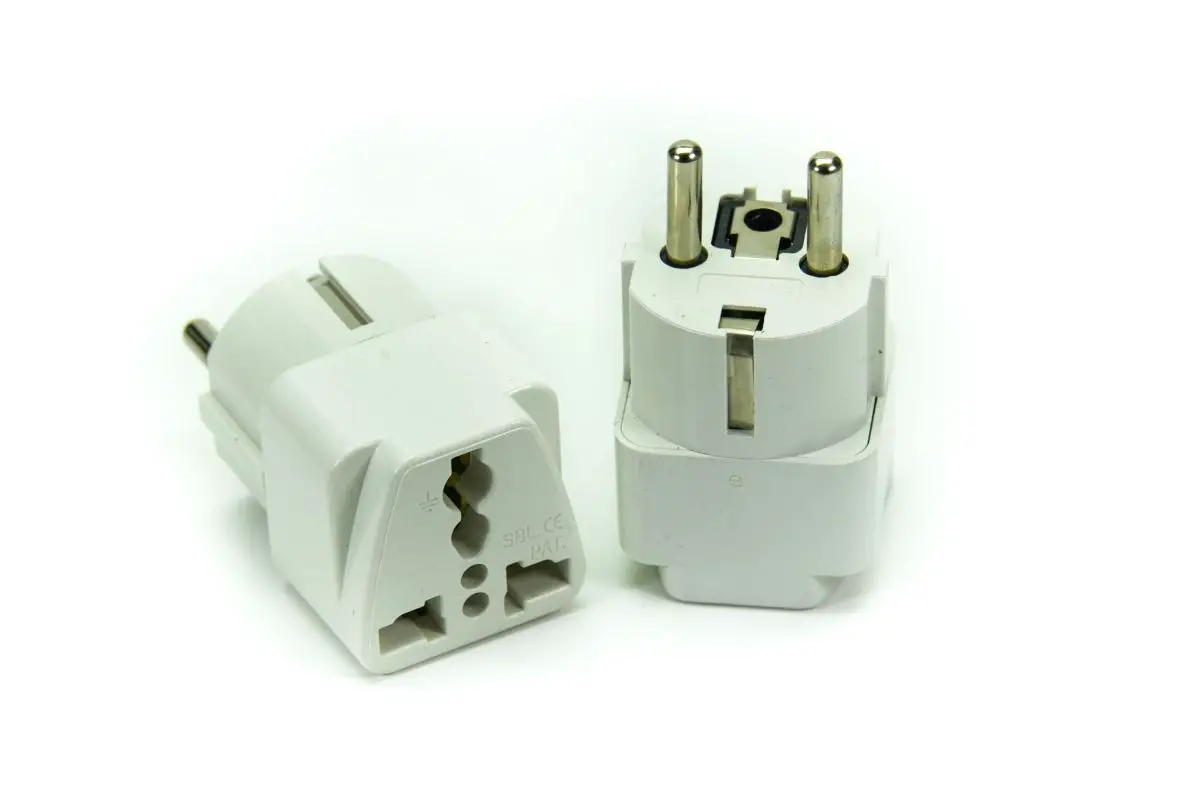

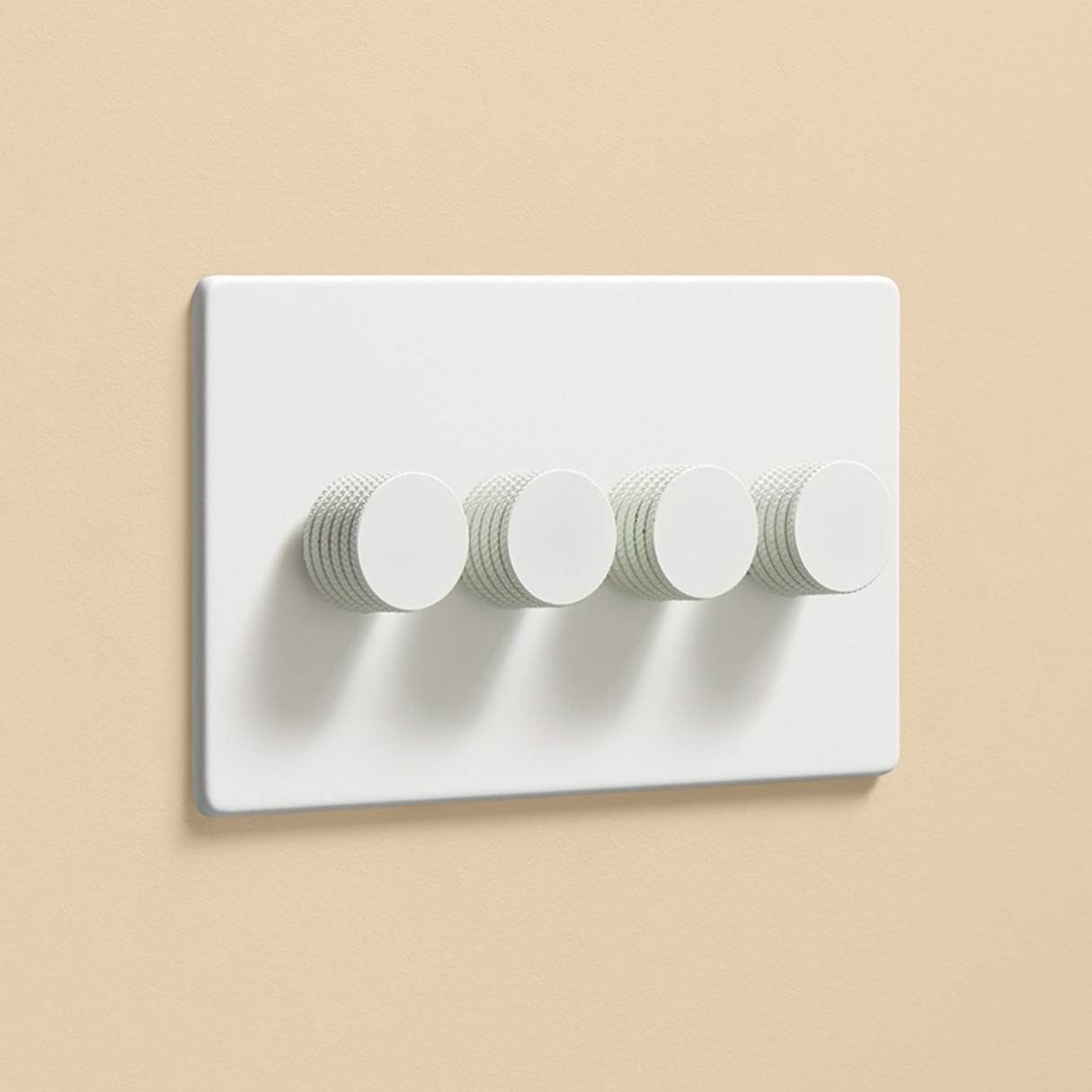
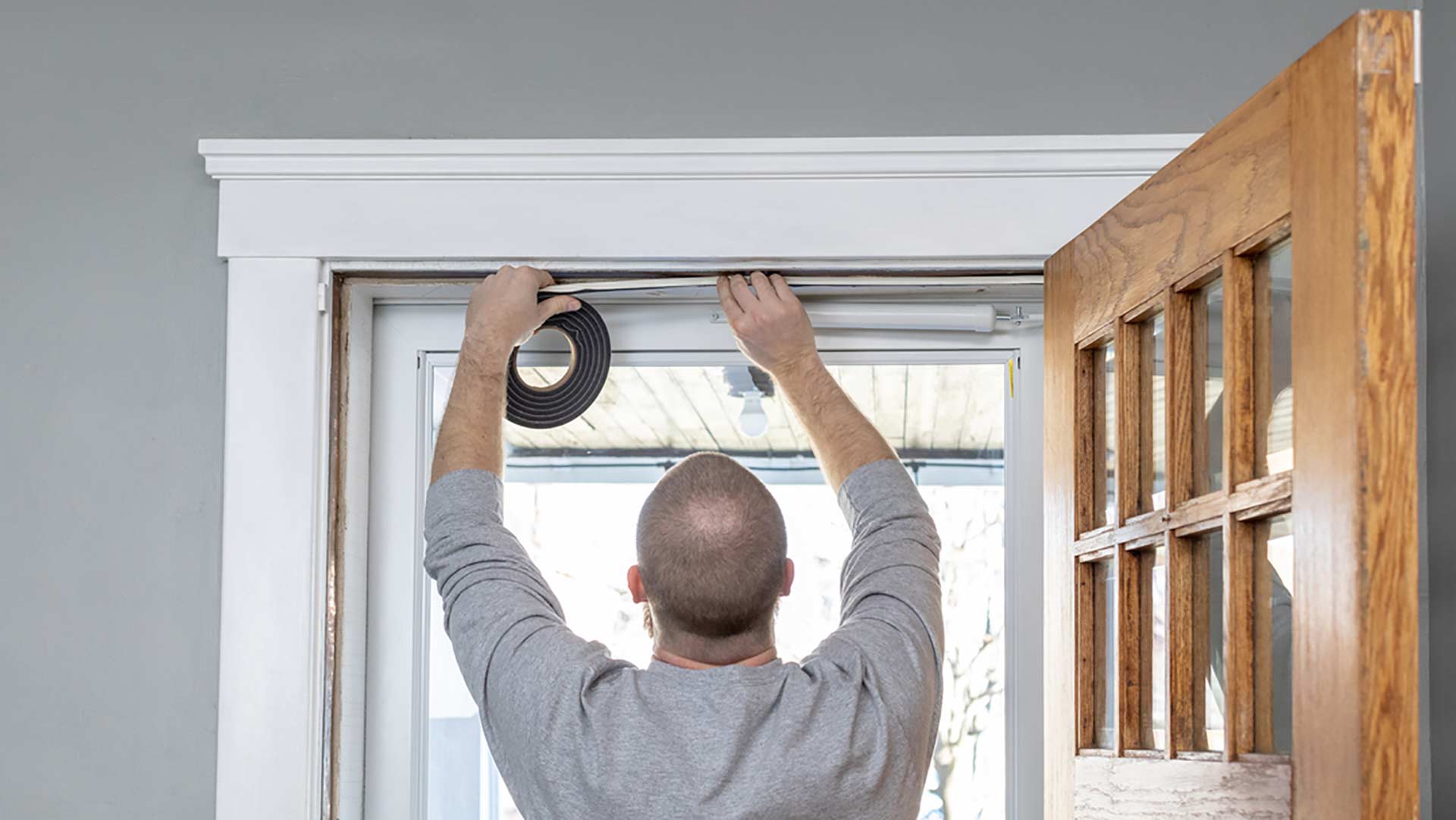

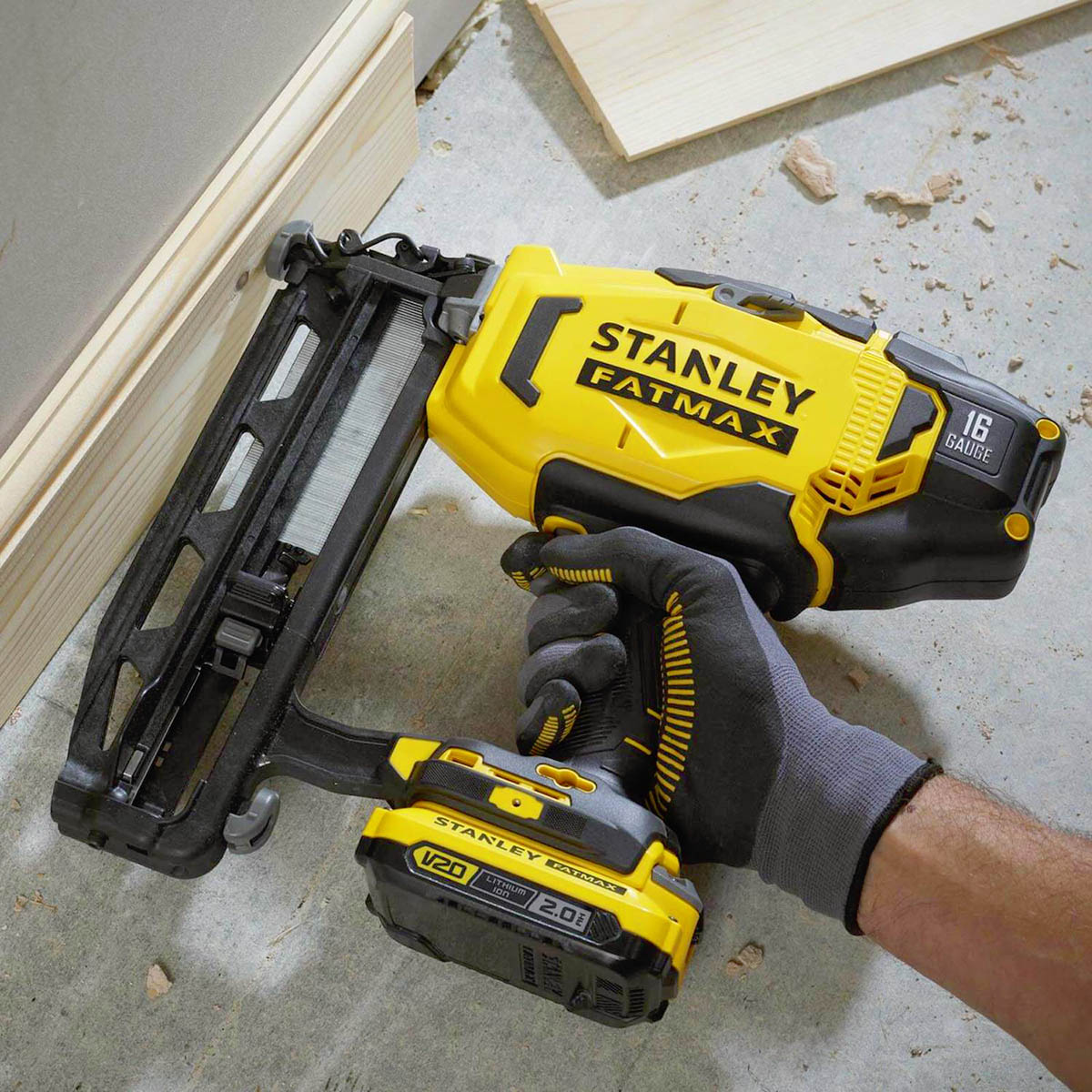




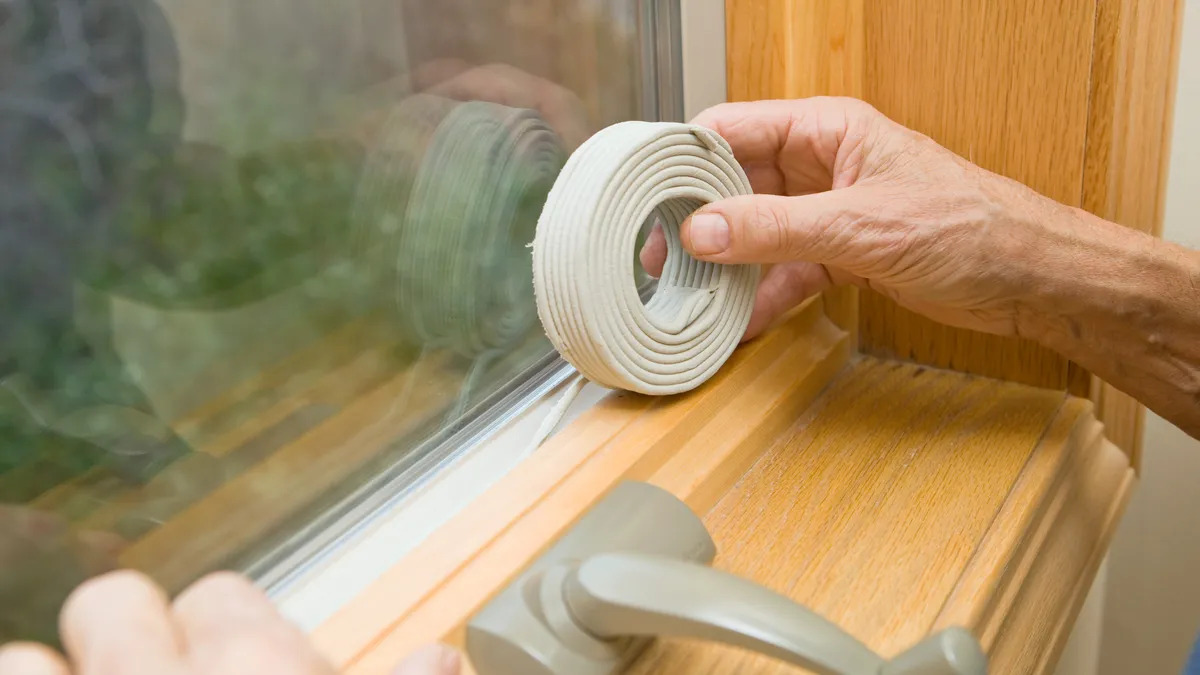
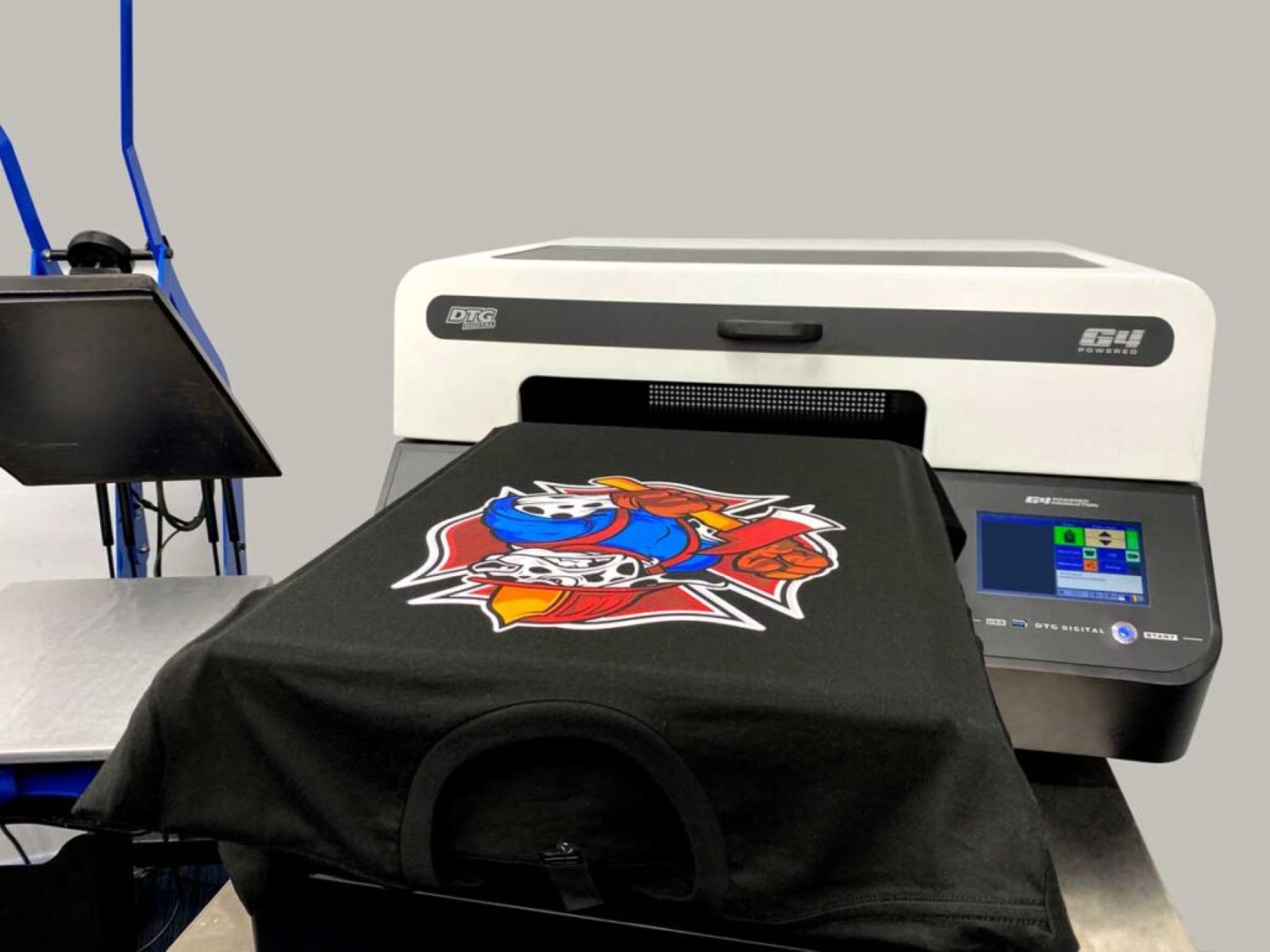

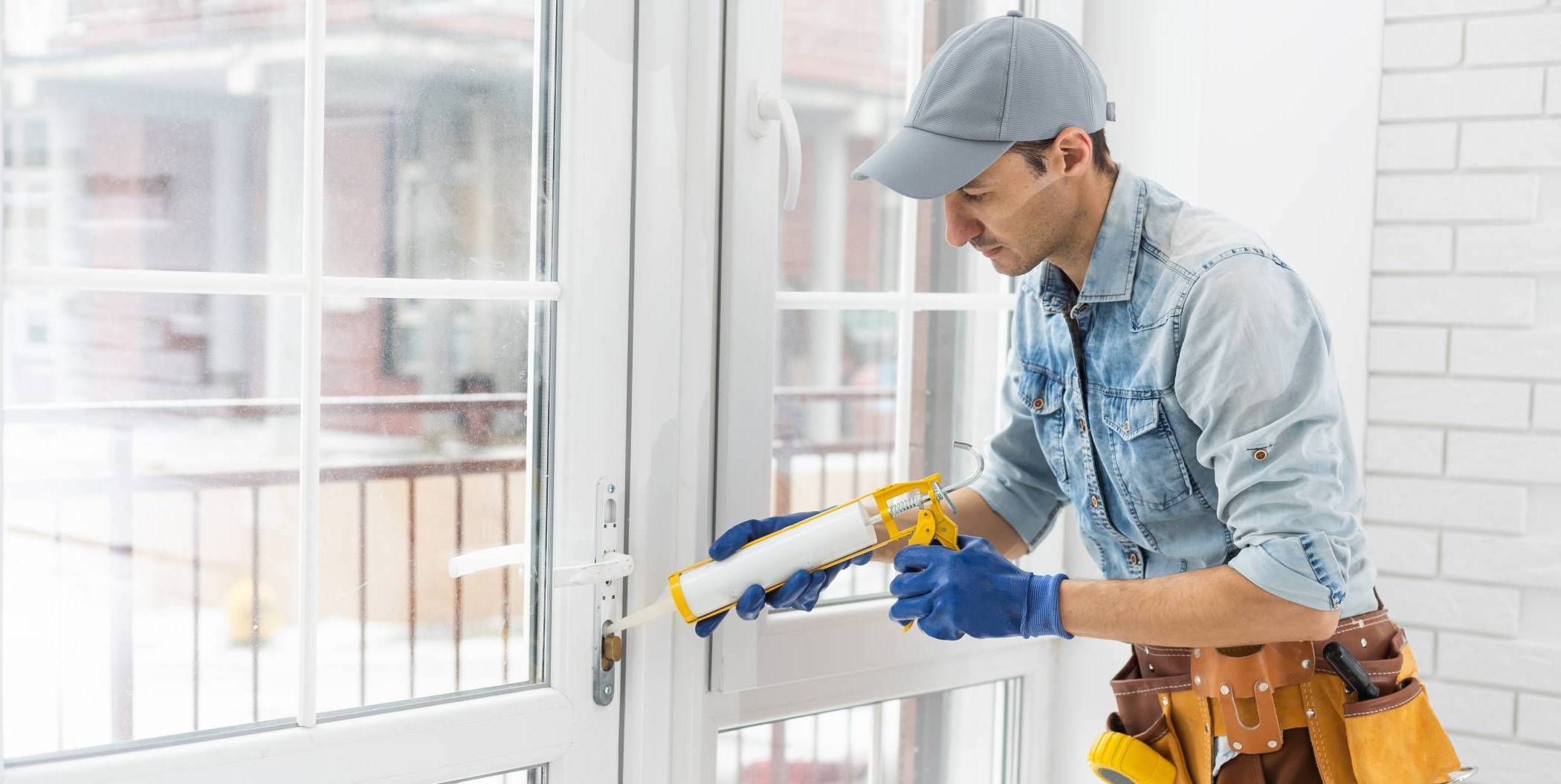

0 thoughts on “What Kind Of Weather Stripping Do I Need”